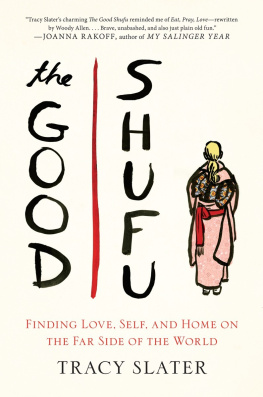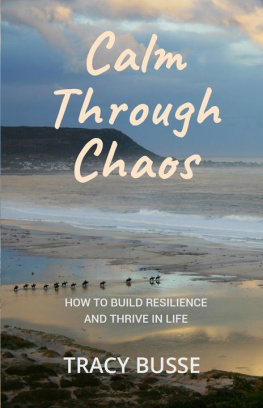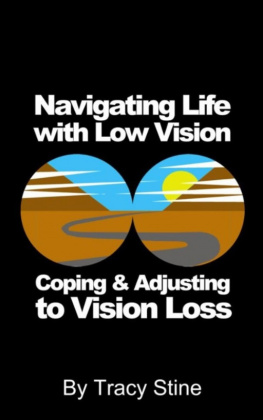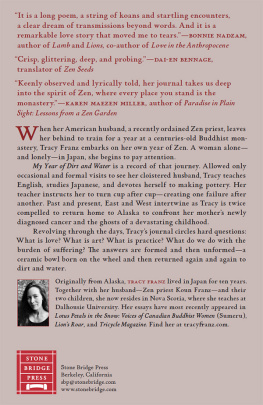1.
Most if not all descriptions of culture shock indicate a progression of attitudes regarding ones self and others from a lower to a higher level of development... [in] the form of a three-to-five stage U-curve.... [But] the actual progression of culture shock is seldom as neat and orderly as a U-curve suggests. Only rarely will a person achieve as high a level of functioning in the host culture as in the previous home culture, suggesting a backward J-curve as perhaps more authentic.
ONE

I MET HIM IN K OBE , J APAN , IN May 2004. Three weeks later, he told me he loved me. At least I thought thats what he said.
We were hidden away far past midnight in my dorm room at a corporate training center. He was balanced above me on his arms while I stared up from below. I was a new faculty member in an East Asia executive MBA program. All twenty of my students were men. He was one of them. Id already fallen in love with him, too.
I was supposed to be teaching these men business communication: how to lead teams and run meetings in a language and culture not their own. I knew almost nothing about English as a second languageor ESLand had been hired under the flawed assumption that since I taught writing to American MBA students in Boston I could coach this group of Asian businessmen to talk like native English speakers.
I began to realize what I was up against on my first day of class, when I learned that most of my students had never worked with a woman who didnt serve them tea. Anyway, by now, a few weeks into the job, I was already failing miserably in the classroom, never mind my extracurricular late-night transgressions with a student who could barely speak English but had already begun to make my heart spin.
B ACK IN B OSTON a month and a half earlier, on the day Id been recruited for the job, Id been warned I might confront challenges as a young American woman teaching senior Asian businessmen. It was early April, and the Korean faculty director of the program had tried, indirectly, to prepare me. I had yet to learn that in East Asia the most important communication is almost always indirect, where meaning is often a destination arrived at through multiple circuitous way-stops.
The director was sitting behind the broad desk in his office, books piled high against the wall, when he introduced his pitch to me. The window behind him boasted a panoramic view of the Charles River, Cambridge stretched out beyond. One of MITs domes stood proud and gray in the distance, as if nodding sagely at its lesser colleagues across the water.
The executive students all work for global Japanese and Korean corporations, he said. Youll be traveling with them to Kobe, Beijing, and Seoul for each of the programs monthlong summer modules, where theyll see firsthand the manufacturing sectors across a range of markets. Then they all come here for nine months. He drew his hands wide in an expansive sweep, as if displaying the whole group in miniature right there. Theyll finish their degrees in Boston before returning next spring to their homes and companies in Asia. He smiled broadly, then sat back and folded his hands.
You wont be giving them grades. Just sit with them at meals, get them talking, go to their marketing and strategy classes with them. Help them on their case studies and assignments. Some may be demanding, but you can handle this, yes? He leaned forward toward me, both hands on his desk. You have a Ph.D., so youre a professional, no? Sitting back, he laughed then, at what I wasnt sure, but I laughed along with him. I wanted to suggest thatfor the business-class tickets and a summer semester of highly compensated travel as a kind of conversation coachthis was work I could easily manage.
In truth, not only had I never been to East Asia or taught ESL, my Ph.D. was in English and American literature, not linguistics or organizational behavior. Moreover, I barely had an interest in cultures other than my own, although within my liberal academic circle, my provincialism wasnt something Id easily admit.





















